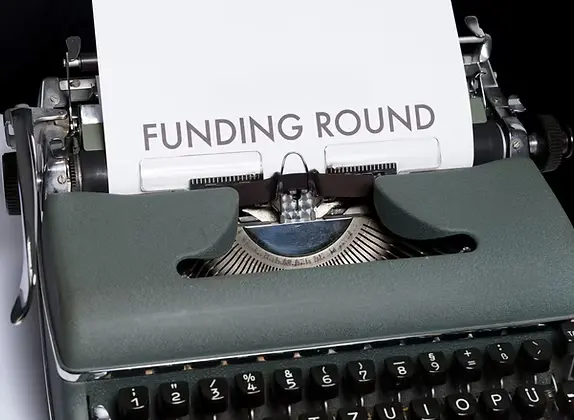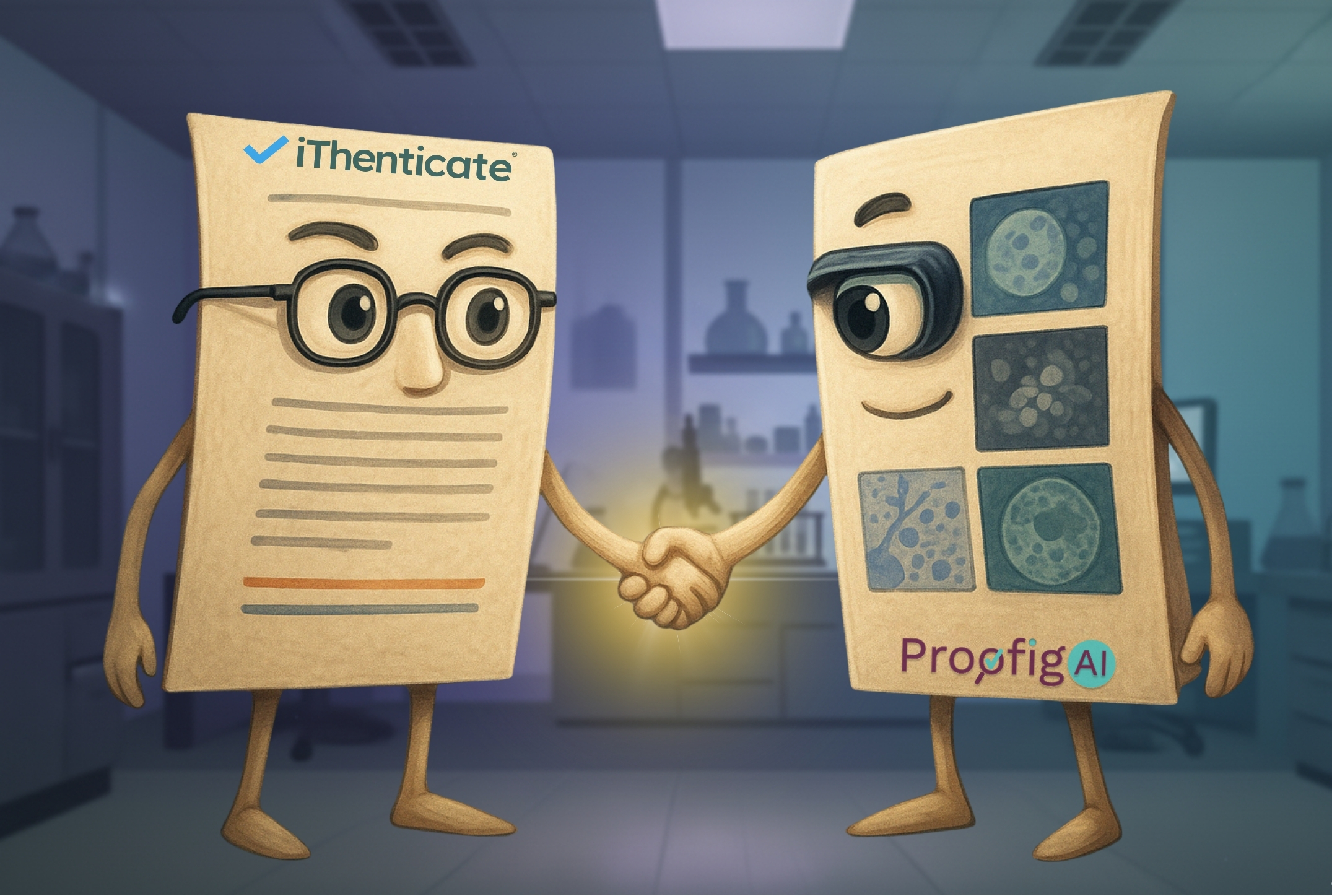
Proofig AI for Research Institutions: Uphold the Highest Standards of Scientific Integrity
Campus-wide automated image quality assurance that safeguards grants, reputations, and responsible conduct of research across every department.
Why Image Integrity Matters for Responsible Conduct of Research
Roughly one-third of life-science manuscripts contain image issues, many discovered only after submission. Research misconduct can cost institutions over $1 million in investigations, grant losses, and direct fallout, with the Office of Research Integrity frequently involved before reputational harm is even measured. With thousands of figures created across theses, manuscripts, and grant proposals, maintaining scientific integrity at scale is difficult. Without automated tools, image issues are often missed—jeopardizing funding, donations, reputation, and public trust in the institution’s commitment to responsible conduct of research.
Seven-Figure
Risk
A single retraction can cost more than $1 million in direct and indirect losses.
Automated Solution for Thousands of Images
Most image issues are impossible to detect with the naked eye. Fast-paced labs need solutions they can trust and that can manage high volume.
Institutional
Reputation
Public loss of trust undermines funding, rankings, and the university’s stance on responsible conduct of research.
Why Institutions Choose Proofig AI to Safeguard Scientific Integrity
Research institutions cannot directly oversee researchers’ manuscripts and images prior to submission, yet post-publication image issues directly harm institutional credibility—making automated image integrity solutions essential for proactive protection.
Built by Researchers for Researchers
We understand day-to-day lab workflows and help your teams uphold responsible conduct of research.
SSO &
Secure Licensing
Seamless single sign-on and granular role control for every faculty and department.
Central Dashboard & Analytics
Comprehensive admin features provide real-time usage tracking, compliance metrics, and remediation insights.
Protect Funding
& Reputation
Catch issues early to uphold scientific integrity and avert costly retractions.
My Database &
Advanced Detection
Access proprietary tools, like My Database, for private-archive checks and high-precision screening.
Dedicated Customer Success
A named support team ensures smooth onboarding, training, and ongoing success for your institution.
How It Works
Sign In via SSO Researchers authenticate with existing campus credentials.
AI-Powered Analysis The system scans all images and sub-images for potential issues.
Review and Validate Check flagged images, investigate further, and decide what to include in the final report.
Download a Final Report Get a detailed PDF report your institution can use to uphold scientific integrity with leadership and auditors.
Trusted by Leading Institutions and Publishers












Data accuracy forms the foundation of the scientific enterprise, and without it, the enterprise risks crumbling.


